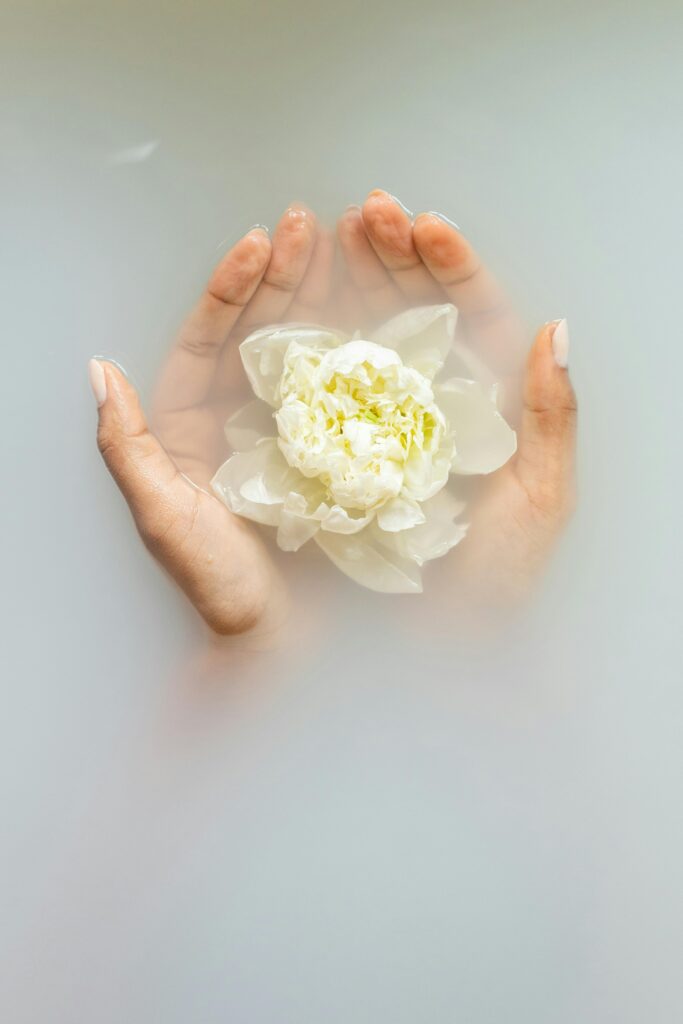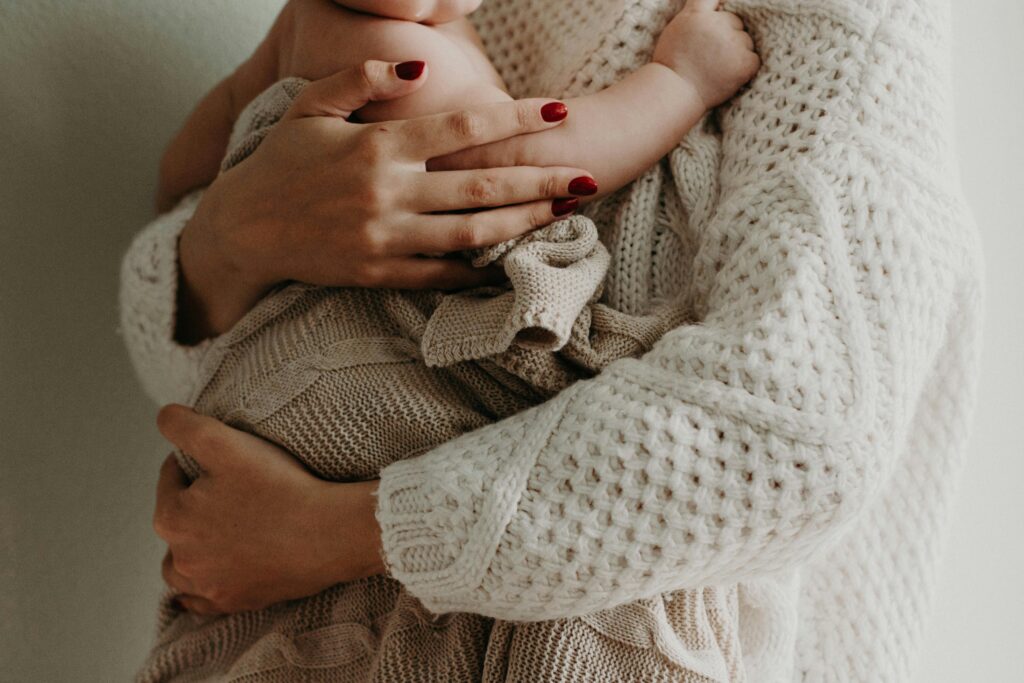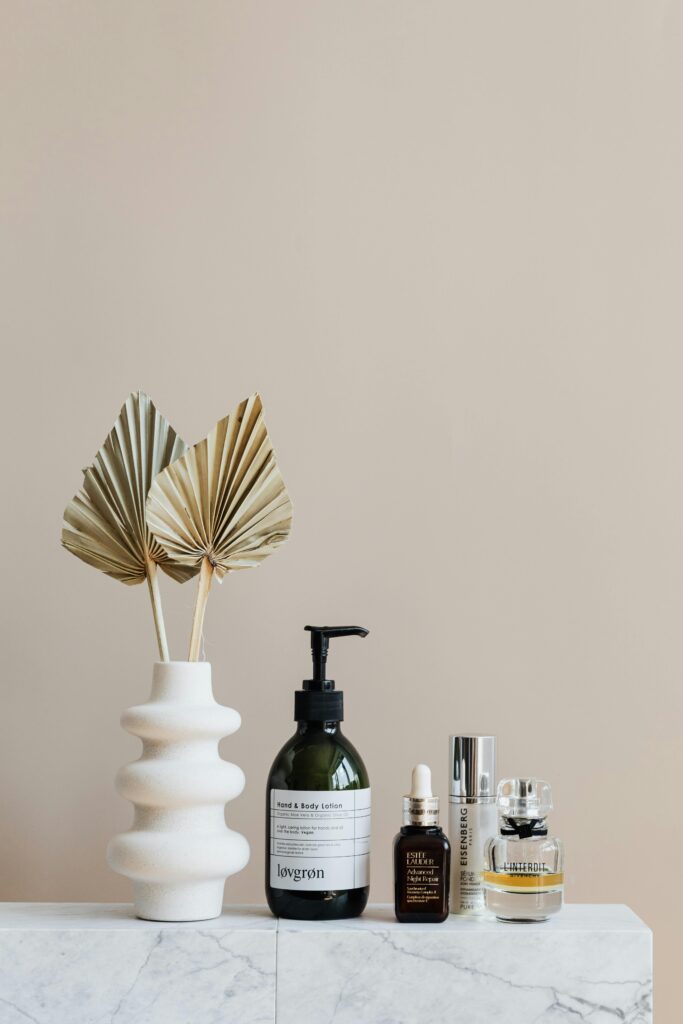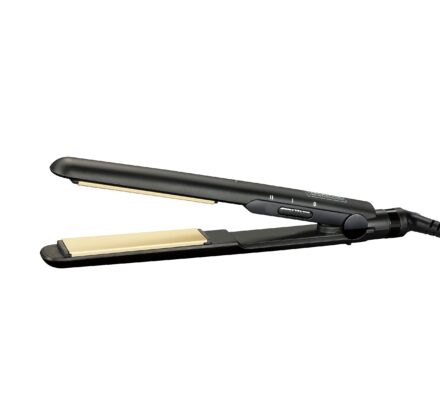Are you tired of spending hours trying to get your hair just right? In “What Is Better Than Hair Straightening?”, you’ll discover transformative alternatives that not only save time but also protect your hair from damage. We’ll delve into nourishing treatments and innovative styling methods designed to enhance your natural beauty and leave your hair looking effortlessly gorgeous. Get ready to embrace healthier, more manageable hair with techniques that outperform traditional straightening. Have you ever stared into the mirror and wondered, “What’s better than hair straightening?” You’re not alone! Many people love the idea of having sleek, smooth hair but are also curious about what other methods can bring out the best in their locks. Hair straightening has its perks, no doubt. However, in your quest for perfect hair, you might find alternatives that offer less damage and more versatility. Let’s dive into the exciting world of hair care and explore what might be even better than hair straightening.
Understanding Hair Straightening
Before we explore alternatives, let’s understand what traditional hair straightening involves. Hair straightening can be achieved through various methods, such as flat irons, chemical treatments, and blow-drying. Each method has its pros and cons, but all share a common goal: transforming your curly or wavy hair into silky, straight strands.
The Types of Hair Straightening Methods
Knowing the types of hair straightening methods is the first step towards making an informed decision. Here’s a brief rundown:
| Type of Straightening | Description |
|---|---|
| Flat Irons | Uses heated plates to straighten hair temporarily. |
| Chemical Straightening (Relaxers or Rebonding) | Involves chemicals that break hair bonds to make them permanently straight. |
| Blow Drying | Uses heat and a brush to achieve smooth, straight hair. |
| Keratin Treatments | Semi-permanent treatment, eliminates frizz and loosens waves. |
Pros and Cons of Hair Straightening
By understanding the benefits and potential downsides, you can make an educated choice about whether straightening your hair is right for you.
Pros:
- Quick and effective.
- Temporary or permanent solutions are available.
- Can be done at home or professionally.
Cons:
- Heat or chemicals can damage hair.
- Can cause hair breakage and split ends.
- Relaxers may have harsh smells and irritation.
What’s Better Than Hair Straightening?
Moving on from traditional hair straightening, let’s delve into alternatives that might be even better. Some methods offer healthier, more versatile options that align with your hair care goals.
Embracing Your Natural Hair Texture
One of the most freeing and beneficial alternatives to straightening is to embrace your natural hair texture. Your curls, waves, or coils are unique to you and can be just as stylish and manageable as straight hair with the right care routine.
Benefits of Natural Texture
- Less Damage: Avoiding heat and chemicals protects the integrity of your hair.
- Versatility: Curls, waves, and coils offer countless styling options.
- Healthier Hair: Natural hair tends to be more resilient when it’s not subjected to straightening methods.
Heatless Styling Methods
There are several heatless styling methods that can give you the sleek or voluminous look you’re after without the damaging effects of heat.
Bantu Knots
Bantu knots are small, coiled buns that can create defined curls once you undo them. Simple and low-maintenance, this style can also double as a chic updo.
Flexi Rods
Flexi rods are flexible curling rods that you can wrap your hair around. After a few hours or overnight, you’ll unveil beautifully defined curls or waves.
Twist Outs
Twist outs involve twisting sections of your hair while it’s damp and then unraveling them once they dry. This method can offer elongated curls and a more defined texture.
Natural Hair Treatments
Opting for natural hair treatments can improve the health of your hair, giving you a beautiful, smooth texture without the need for straightening.
Hot Oil Treatments
Hot oil treatments nourish your hair, adding moisture and shine. Oils like coconut, olive, and jojoba are great options that you can easily find.
Deep Conditioning Masks
Deep conditioning masks rejuvenate dry, frizzy hair and enhance its natural texture. Ingredients like avocado, honey, and yogurt can work wonders.
Protective Hairstyles
Protective hairstyles are designed to safeguard your hair against daily wear and tear, reducing breakage and promoting growth.
Box Braids
Box braids are individual plaits that are typically squared off at the scalp. They’re versatile, allowing you to switch up your style without damaging your natural hair.
Cornrows
Cornrows are braids that are braided close to the scalp. They’re not only stylish but also effective in protecting your hair from environmental stressors.
Wigs and Weaves
Wigs and weaves provide a plethora of styling options without affecting your natural hair. They allow you to change up your look frequently while giving your hair a break.

Adopting a Healthy Hair Routine
Whether you choose to embrace your natural texture or explore heatless methods, a healthy hair routine is vital for maintaining beautiful locks. Here are some tips to help you create a nourishing hair care regimen.
Washing and Conditioning
Proper washing and conditioning set the foundation for healthy hair.
Use Sulfate-Free Shampoos
Sulfates can strip your hair of its natural oils, leading to dryness and damage. Opt for sulfate-free shampoos that cleanse without compromising hair health.
Deep Condition Regularly
Deep conditioning treatments add much-needed moisture to your hair, making it softer and more manageable. Aim to deep condition at least once a week.
Moisturizing
Keeping your hair moisturized is key to maintaining its health, especially if it’s naturally curly or coily.
Leave-In Conditioners
Leave-in conditioners provide continuous hydration throughout the day. They’re particularly beneficial for preventing frizz and detangling knots.
Oils and Butters
Natural oils and butters, such as shea butter and jojoba oil, seal in moisture and provide nourishment. Apply them after your leave-in conditioner for optimal results.
Reducing Breakage
Breakage is a common issue, but you can minimize it with the right practices.
Gentle Detangling
Use a wide-tooth comb or your fingers to detangle your hair gently. Start from the ends and work your way up to prevent breakage.
Protective Hairstyles
As mentioned, protective hairstyles reduce the risk of breakage by minimizing hair manipulation and exposure to environmental elements.
Understanding Your Hair Type
Personalizing your hair care routine involves understanding your hair type. Different hair types have unique needs, and catering to them can help you achieve the best possible results.
Hair Typing System
The hair typing system, developed by stylist Andre Walker, categorizes hair into four main types: straight (Type 1), wavy (Type 2), curly (Type 3), and coily (Type 4). Knowing your hair type can guide you towards the right products and techniques.
| Hair Type | Description |
|---|---|
| Type 1 | Straight, no curl pattern. |
| Type 2 | Wavy, ranging from loose to defined waves. |
| Type 3 | Curly, with a clear curl pattern. |
| Type 4 | Coily, tightly curled or kinky. |
Adapting Your Routine
Use the following tips to adapt your hair care routine based on your hair type:
Type 1 (Straight Hair)
Straight hair tends to get oily faster than other types. Use lightweight products to avoid weighing it down. Dry shampoos can be helpful in managing oil between washes.
Type 2 (Wavy Hair)
Wavy hair benefits from hydrating products that enhance its natural wave pattern. Avoid heavy creams and butters, as they can weigh your hair down.
Type 3 (Curly Hair)
Curly hair craves moisture. Use rich conditioners and styling creams to define your curls and combat frizz. Regular deep conditioning treatments are essential.
Type 4 (Coily Hair)
Coily hair is the most fragile and requires ample moisture to maintain its health. Incorporate thick creams, butters, and oils into your routine for maximum hydration and protection.

Common Myths and Misconceptions About Hair Care
Navigating the world of hair care can be overwhelming, especially with so many myths and misconceptions floating around. Let’s debunk some common myths to help you make informed decisions.
Myth 1: Washing Your Hair Every Day is Necessary
Washing your hair daily can strip it of natural oils, leading to dryness and damage. Depending on your hair type, you may only need to wash it 1-3 times a week.
Myth 2: Cutting Your Hair Makes It Grow Faster
While trimming your hair regularly prevents split ends and breakage, it doesn’t speed up hair growth. Hair grows from the scalp, and trims merely help maintain its health.
Myth 3: Hair Products Can Repair Split Ends
Once a split end forms, no product can permanently seal it. The best way to address split ends is by trimming them off and preventing them with regular conditioning and gentle handling.
Myth 4: You Shouldn’t Use Oils if You Have Oily Hair
Even if you have oily hair, using lightweight, non-comedogenic oils can provide essential nutrients without making your hair greasy. Focus on applying oils to the ends rather than the scalp.
Conclusion
So, what is better than hair straightening? It turns out there are numerous alternatives that can enhance your natural beauty, preserve the health of your hair, and offer you a variety of styling options. Embracing your natural hair texture, exploring heatless styling methods, and adopting a healthy hair care routine can help you achieve stunning, manageable hair without the need for traditional straightening.
Remember, the key to beautiful hair lies in understanding your unique texture and taking steps to nourish and protect it. Whether you opt for natural treatments, protective hairstyles, or simply adapt to your hair type, your journey to better hair begins with informed choices and a commitment to health.
By making these small but significant changes, you’ll discover that the best hair isn’t necessarily straight—it’s healthy, vibrant, and uniquely yours.




